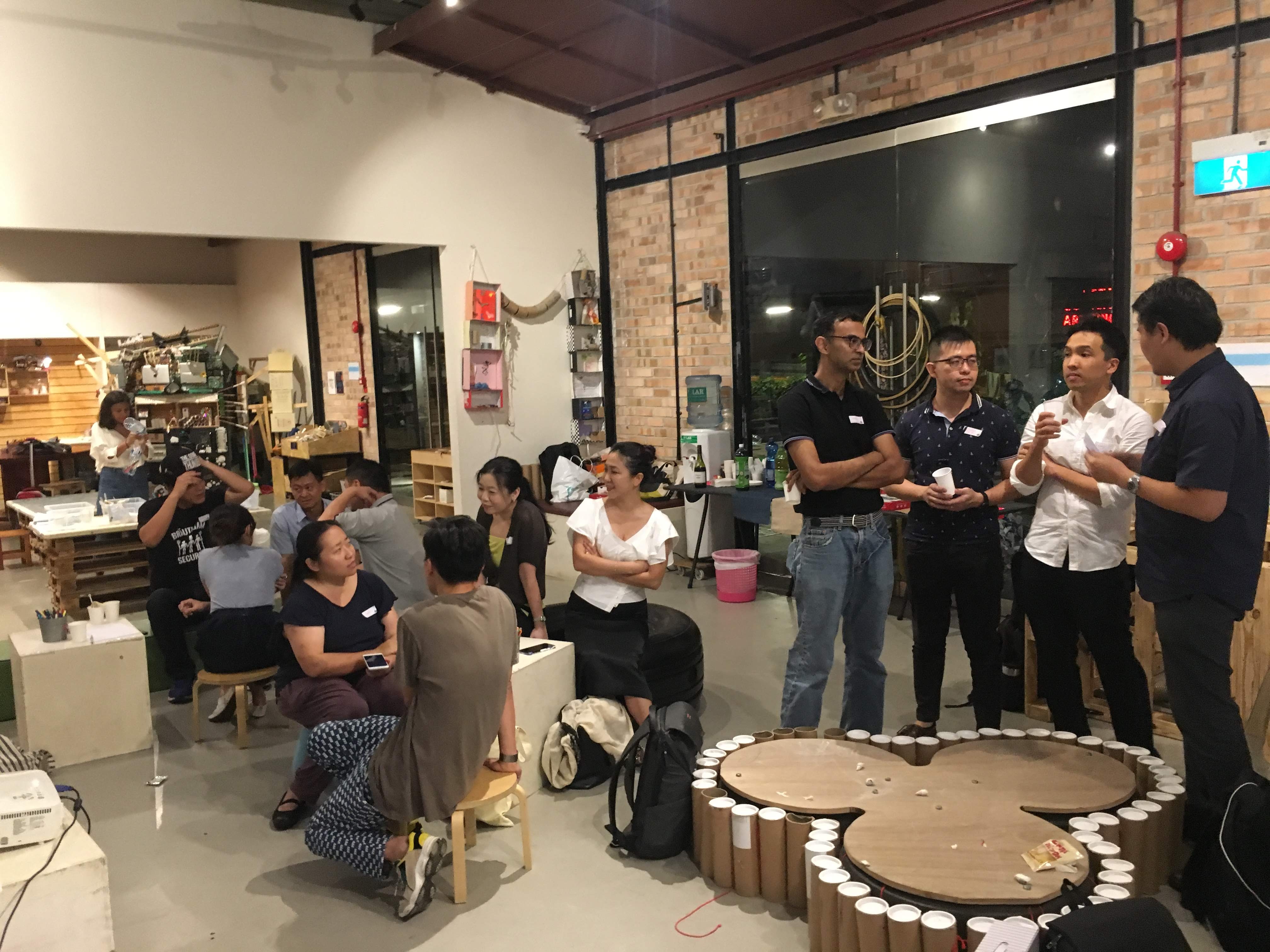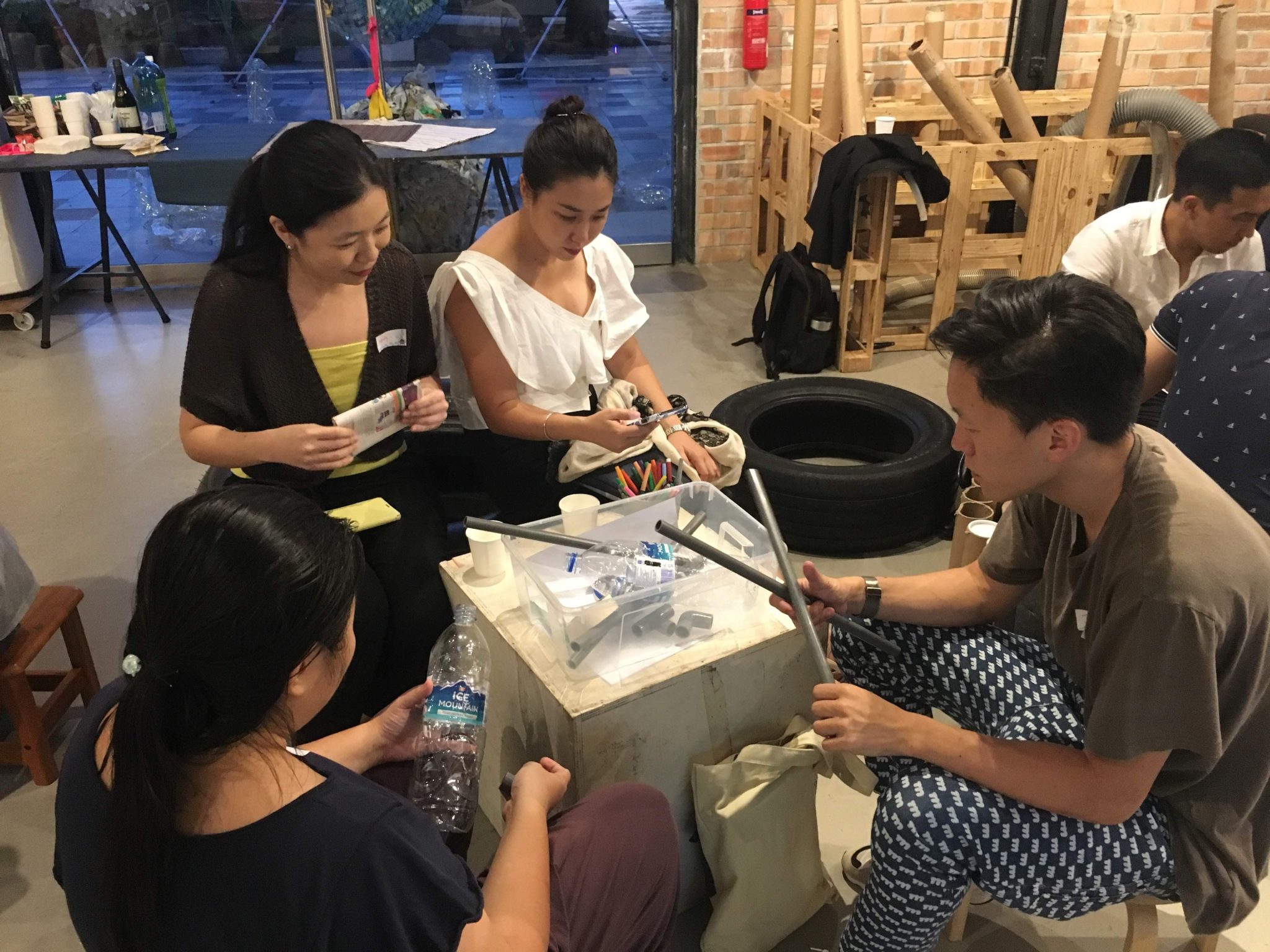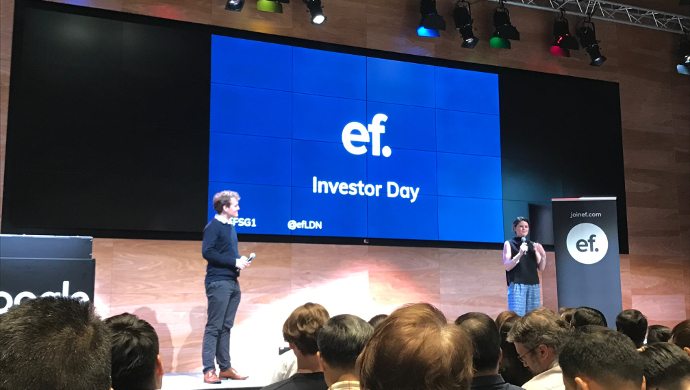
Following a sharing session with Mistletoe last week, John shares his thoughts on what an alternative approach to education might look like in the future, and how it could inform the design of the learning environment.
__
Last week Sam and I attended a sharing session to discuss what education and learning environments can look like in future. The session, organised by Japanese impact investment fund Mistletoe,Inc is the first of a series of activities that will gather a community of like-minded, passionate and action-oriented individuals who will explore and co-create desirable learning environments, in Singapore and beyond.

Several key themes emerged from the session:
First and foremost is the concern that the meaning of learning as things stand today is a ‘top down’, ‘force feeding’ approach. There are several major shortcomings to this approach, chief of which is the lack of learner agency. When learners have no say on content, approach and outcome, it’s little wonder so many learners are disengaged. A learner-centric, curiosity-based approach that encourages self-directed and self-motivated learning is a far superior way for a child to find his or her purpose and interest.

Another shortcoming of today’s top down approach to education is the continued focus on instilling knowledge. In the age of the internet where information is a Google search away, competencies trump knowledge. Rather than rote learning, we need to nurture in our children 21st century competencies such as creativity, collaboration skills and critical thinking. Education today is no different than education at the turn of the 20th century when the primary purpose of schools is to churn out factory workers who can follow instructions and perform repetitive tasks. This Industrial 1.0 era approach of education is not designed to prepare children for a world where artificial intelligence and machine learning are making millions of jobs obsolete.
So what will an alternative approach to education look like and how does that inform the design of the learning environment?
Most participants at the session agree that we need to place learners at the centre of any education reform, where learners have the freedom to pursue their interests and are able to learn at their own pace. Technology is an enabler, but for reform to happen parents and teachers need to change their mindsets, particularly around the meaning of success.
Success should not be defined by job prestige or monetary compensation. Rather, success ought to be measured by personal fulfilment and societal impact.
An individual who is able to find meaning in his or her work, and who is able to make a positive impact on his or her community (or even the world) is successful. For as long as success is measured by dollars and cents, we will continue to be a long way off from reforming education to prepare our children for the age of AI and machine learning.
Photos credits to Mistletoe


